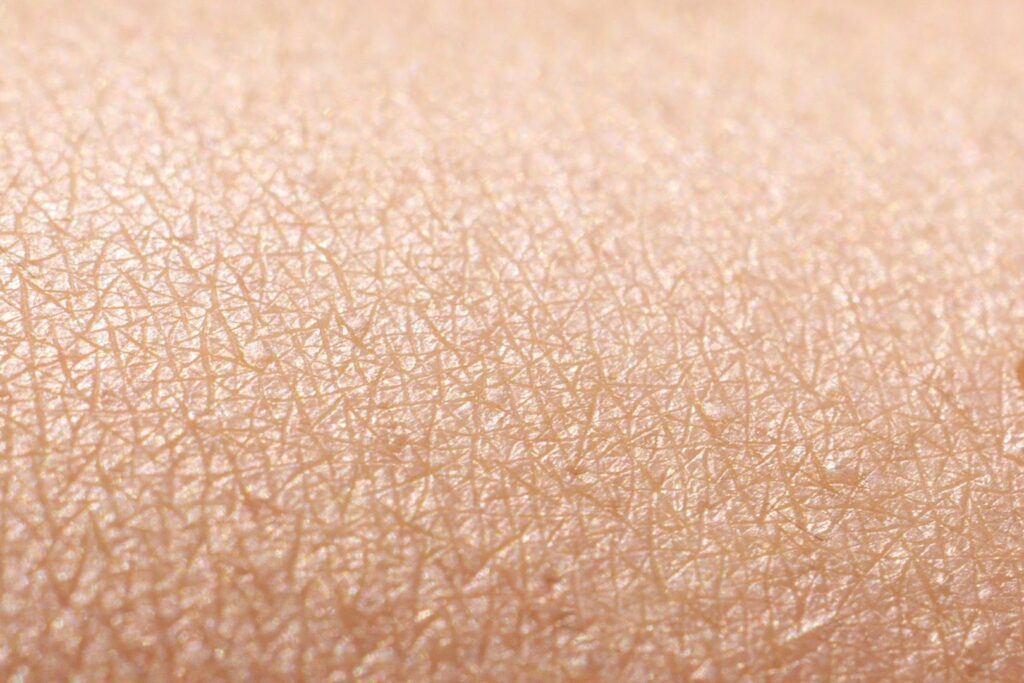Diabetes can affect every part of your body and with that; your skin cannot be spared! Infact, people with diabetes are at an increased risk of developing various kinds of skin problem and complications arising due to those skin problems.
Also, many diabetics may acquire skin disorders after having prolonged diabetes, but in some cases, skin problems can be the first sign of diabetes as well. So, when diabetes affects the skin, it’s often a sign that your blood sugar (glucose) levels are too high. This could mean that:
- You have undiagnosed diabetes, or pre-diabetes or
- Your treatment for diabetes may require some alterations to control your blood sugar levels
Some common skin problems with diabetes
1. Darkening and thickening of skin
This occurs especially in the areas of neck, armpits, groin, hands, elbows and knees. This condition is called Acanthosis nigricans.
2. Allergies
It causes rashes, bumps and depressions on the skin, especially in the areas of insulin injections.
3. Narrowing of blood vessels or thickening of the vessel walls also called atherosclerosis.
This condition can affect the vessels providing blood to the skin. This may lead to loss of hair, thinning of skin, thickened and discolored toenails and cold skin.
4. Bacterial infections
This leads to hot, swollen, red and painful skin. These can affect the eyelids causing styes, boils on skin, infections of the hair follicles or even carbuncles (deep infections of the skin and the tissue underneath)
5. Fungal Infections
Candida albicans is responsible for such fungal infections. This creates itchy rashes of moist, red areas surrounded by tiny blisters and scales. These infections often occur in warm, moist folds of the skin like under the breasts, around the nails, between fingers and toes, in the corners of the mouth and in the armpits and groin.
6. Diabetic blisters
These are similar to burn blisters that can form on the skin of people who have diabetes.
7. Digital sclerosis
In which the skin on your toes, fingers, and hands become thick, waxy and tight.
8. Vitiligo
A condition that affects skin color results in patches of discolored skin. This often affects the elbows, knees, hands and face. This condition mainly affects type 1 diabetics.
9. Yellow, reddish, or brown patches on your skin
This skin condition often looks like pimples. It progresses into patches of swollen and hard skin. The patches can be yellow, reddish or brown. The skin gives shiny appearance, shows blood vessels and the area is itchy and painful. This condition is also called necrobiosis lipodica.
10. Open sores and wounds
Having high blood sugar (glucose) for a long time can lead to poor circulation and nerve damage. Poor circulation and nerve damage can make it hard for your body to heal wounds. This is especially true on the feet. These open wounds are called diabetic ulcers.
11. Extremely, dry itchy skin
12. Skin growths
These hang from a stalk and too many such growths could be a sign of too much insulin in your body or you have type 2 diabetes.
Action points!
Once you observe these skin problems in you, it becomes inevitable that you;
- Get tested for diabetes, if you have not been diagnosed with it yet but, experiencing such skin changes.
- Consult your diabetologist, if you are known case of diabetes. Your diabetologist might have to rework on your dosage for better control of your diabetes.
- Consider visiting a dermatologist as well for treatment of your skin problem.
- Follow proper skin care routine.
Though, the good news is that most skin conditions can be treated easily if, they’re caught early. But, if not cared for properly, a minor skin condition can turn to a serious problem, especially in diabetics.
The original post is penned by Kawaljit Kaur, appears on sugarcare.in and is available here.

